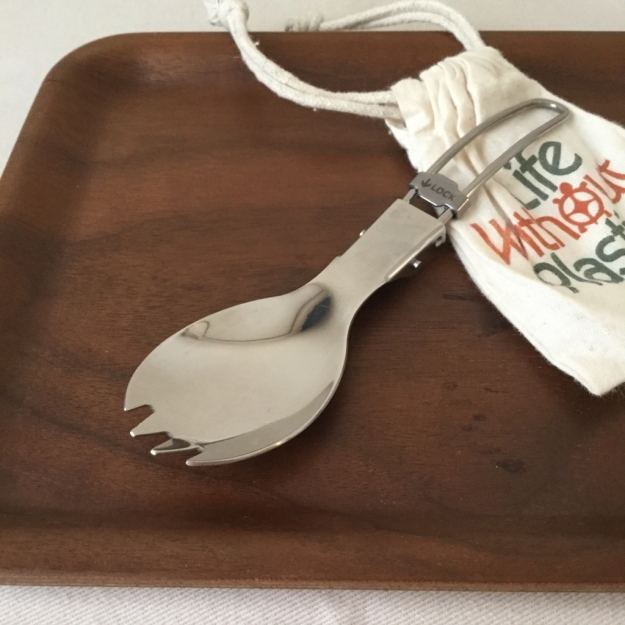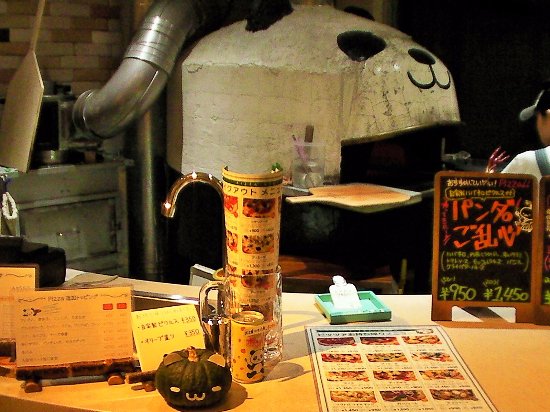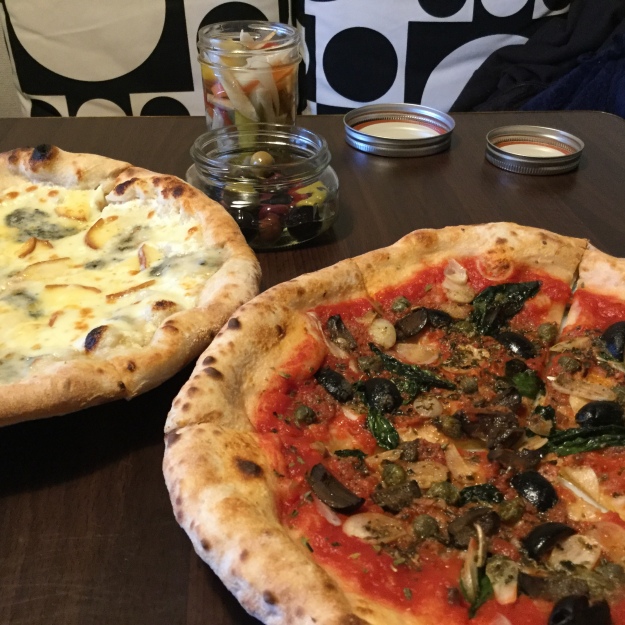Among reusable alternatives for disposable feminine hygiene products, menstrual cups generally seem to be the most popular. But I prefer reusable cloth pads because I feel uncomfortable inserting a product into my body. Sure, washing thick blood-soaked pads is really a pain in the neck, but if you are able to avoid spotting in pads…?
A Japanese Peel Art artist, Shunko Saida, advocates the idea of Haikei 排経, which is a body technique to control menstrual blood. In plain words, our bodies can stop and let go of menstrual blood at will with vaginal muscle training. We can keep blood inside by tightening the exits when we don’t want it to flow out, and when we want to let it out, for example, when we are in a bathroom, we can open the gates.
Chizuru Misuna, a professor of epidemiology, also says in her books that all Japanese women in old times could do this because at that time underwear for women were skirt-like garments that had no crotch. They wore T-shaped loincloths while on their period but they had to be very careful to avoid leaking.
Misuna’s book that I read was totally a book of threats, saying that women who refuse their biological femininity (in other words, women who don’t give birth) will end up being Onibabas (Onibaba is an old Japanese female monster who eats humans). I think this denies diversity among the lives of women so I don’t agree with this opinion, but I do agree with her view that women should be more conscious about the potential of their bodies.
I myself am almost successful in this practice. It is not difficult in an inactive routine day. I just have to be mindful of that “I AM on my period”. To be more practical, when you stand up from a chair, tighten the muscles, and relax completely in a bathroom.
(On an active day, it is another thing. It was a total disaster the day I experienced a snowshoe activity for the first time in my life.)
By doing this, I manage to use only a pad for a day.
Moreover my “pads” are not in conventional disposable pad-like shapes. I use folded thin organic cotton cloths as pads. Their original shapes are simply square or rectangle, and this offers great flexibility. If I happen to spot on a pad a little, I can fold the cloth another way by tucking the spotted part in, and I can feel comfortable again after that.
And from the thin open weaved cloth, blood comes off easily after it is soaked in cold water for a while. It is better to add sodium sesquicarbonate, that dissolves the protein in the blood well. After that, just washing it in a washing machine with cold water is enough.
To prevent the pad from moving around, I wear period underwear with double crotch into which the wings of conventional disposable pads can be inserted. I just tuck both ends of my folded rectangle pad in.
You can by the cloth, Sunafu 素直布 here.













 About the farmer’s market, it was not as fruitful as I had expected from the viewpoint of seeking packageless vegetables. Almost all the produce is wrapped in plastic so elaborately that you can’t take only the vegetable and return the wrapper.
About the farmer’s market, it was not as fruitful as I had expected from the viewpoint of seeking packageless vegetables. Almost all the produce is wrapped in plastic so elaborately that you can’t take only the vegetable and return the wrapper.
